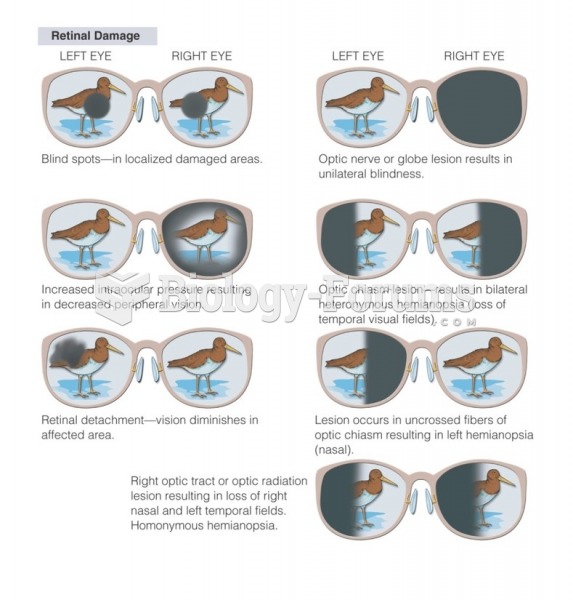Answer to Question 1
Correct Answer: 2
Rationale 1: Phenytoin (Dilantin) is not used for petit mal seizures.
Rationale 2: Ethosuximide (Zarontin) causes gingival hypertrophy, and the weight loss is due to mouth pain and the client's unwillingness to eat.
Rationale 3: Amobarbital (Amytal) does not cause these symptoms.
Rationale 4: Gabapentin (Neurontin) does not cause these symptoms.
Global Rationale: Ethosuximide (Zarontin) causes gingival hypertrophy, and the weight loss is due to mouth pain and the client's unwillingness to eat. Phenytoin (Dilantin) is not used for petit mal seizures. Amobarbital (Amytal) does not cause these symptoms. Gabapentin (Neurontin) does not cause these symptoms.
Answer to Question 2
Correct Answer: 1, 2, 4
Rationale 1: One of the three mechanisms is delaying an influx of sodium ions.
Rationale 2: One of the three mechanisms is stimulating an influx of chloride ions, an effect associated with the neurotransmitter gamma-aminobutyric acid (GABA).
Rationale 3: Increasing the neuronal firing in the brain is incorrect because antiseizure drugs decrease the neuronal firing in the brain.
Rationale 4: One of the three mechanisms is delaying an influx of calcium ions.
Rationale 5: Increasing an influx of potassium ions is not one of the mechanisms of action for epilepsy medications.
Global Rationale: The three mechanism of action include delaying an influx of sodium ions, delaying an influx of calcium ions, and stimulating an influx of chloride ions, an effect associated with the neurotransmitter gamma-aminobutyric acid (GABA). Increasing the neuronal firing in the brain is incorrect because antiseizure drugs decrease the neuronal firing in the brain. Increasing an influx of potassium ions is not one of the mechanisms of action for epilepsy medications.







